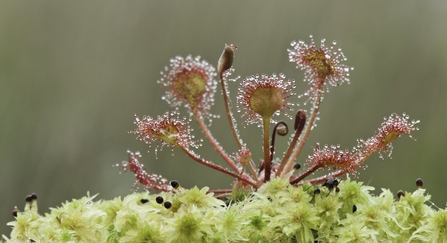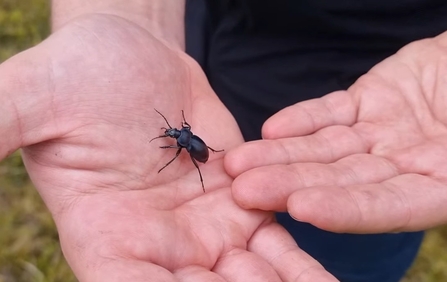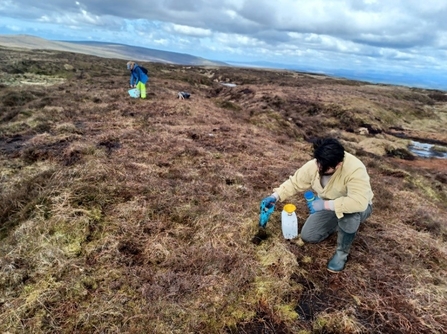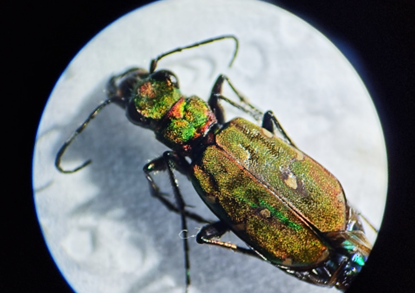Upland peatlands can support a huge variety of highly specialised invertebrates. They’re sensitive to environmental changes, responding quickly to temperature, air quality, soil health and water quality, and can provide a fast indicator of habitat condition within unique habitats such as upland peatlands. Lancashire Peat Partnership is working to study this further, alongside monitoring peatland recovery efforts and investigating modern DNA metabarcoding technology, thanks to a project devised by a local ecological consultancy and students.
Invertebrates play a key role in maintaining a healthy peatland ecosystem by breaking down and spreading plant litter, which contributes to the accumulation of peat. In this way, they may be playing a mitigating role on degraded peatlands, offsetting the rapid loss of peat from erosion which is a crucial issue.





